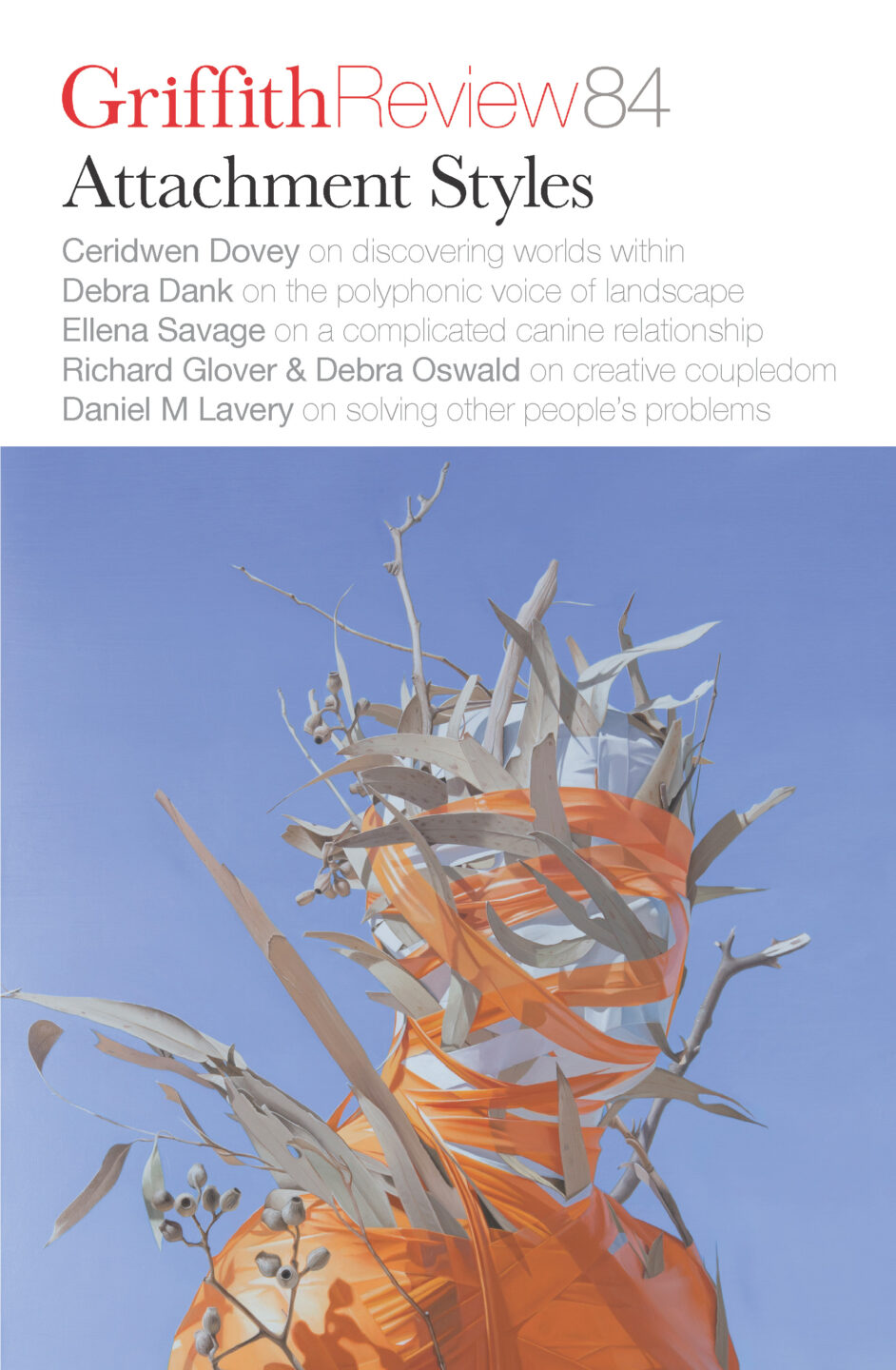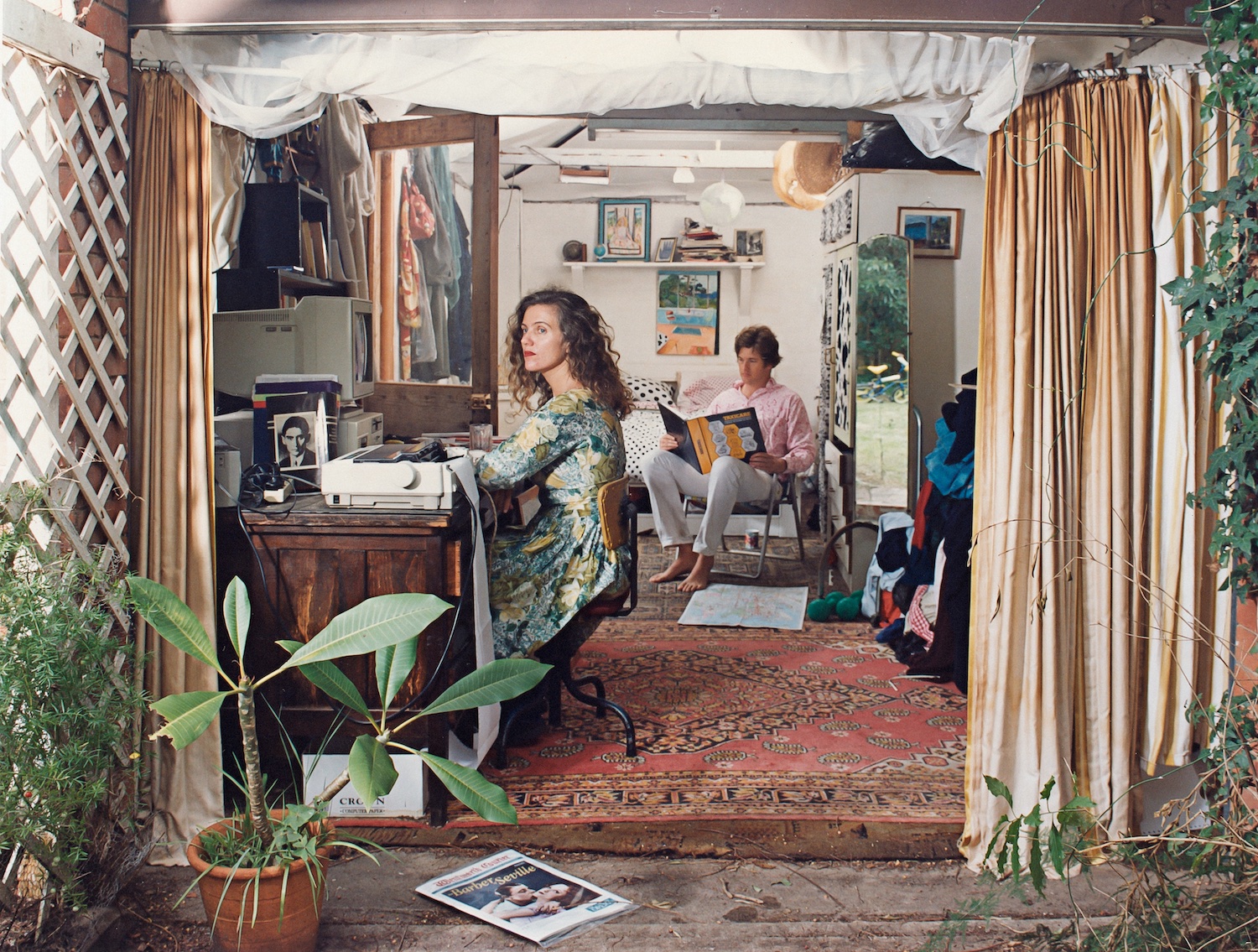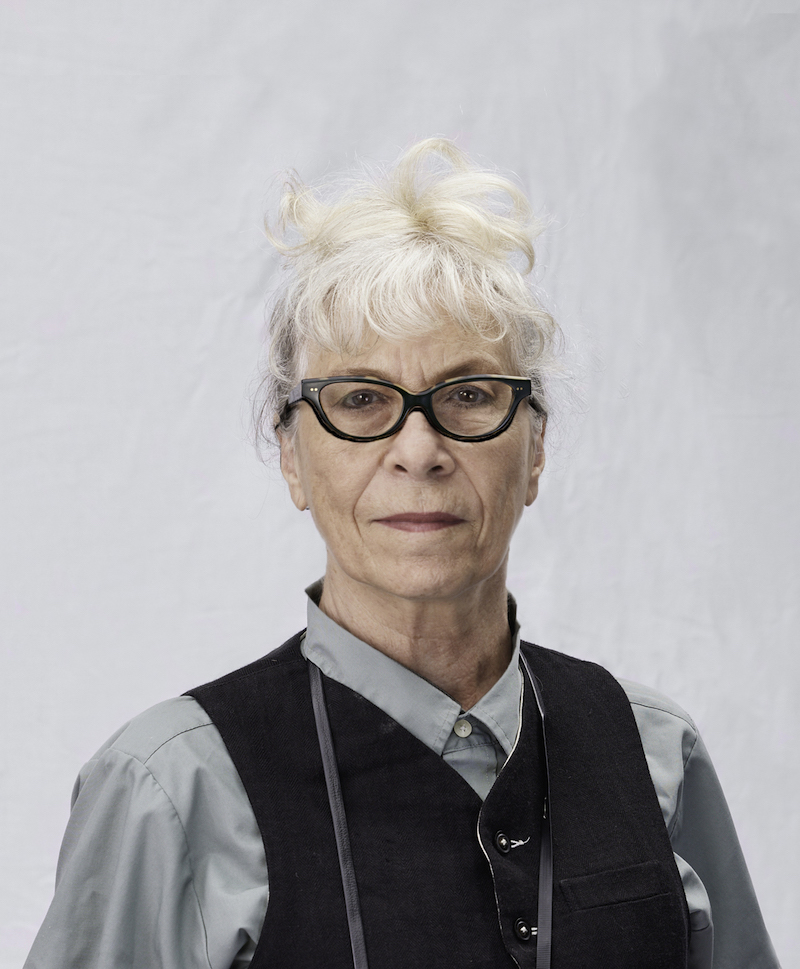The comfort of objects
Making art from the small rituals of daily life
Featured in

- Published 20240507
- ISBN: 978-1-922212-95-5
- Extent: 203pp
- Paperback, ePub, PDF, Kindle compatible


Already a subscriber? Sign in here
If you are an educator or student wishing to access content for study purposes please contact us at griffithreview@griffith.edu.au
Share article
About the author

Anne Zahalka
Anne Zahalka won the Bowness Photography Prize in 2023 for her Kunstkammer at the Museum of Australian Photography. She is represented by ARC ONE...
More from this edition

Psychobabble
Non-fiction ONCE, ON A first date, a man asked me if I knew about attachment styles. He caught himself before he finished the sentence and...

Exemplary
Poetry The superego’s unvarying verdict: you have failed, you deserve it, get over it! Stay in your own psychotic micro-enclave, opining about enactment and re-enactment. Now and again there’s...

Bonfire
FictionIt was a loud dinner. Everything was loud. The murmuring soundtrack of free jazz seemed to emphasise laughs and guffaws. He grew drunker and drunker and toyed with his food, which no one even noticed. Normally, he would wolf down everything they cooked, but he twisted his fork in the spaghetti and just kept twisting. As he was on serving duty, he cleared it up without anyone even registering he’d barely taken a bite.